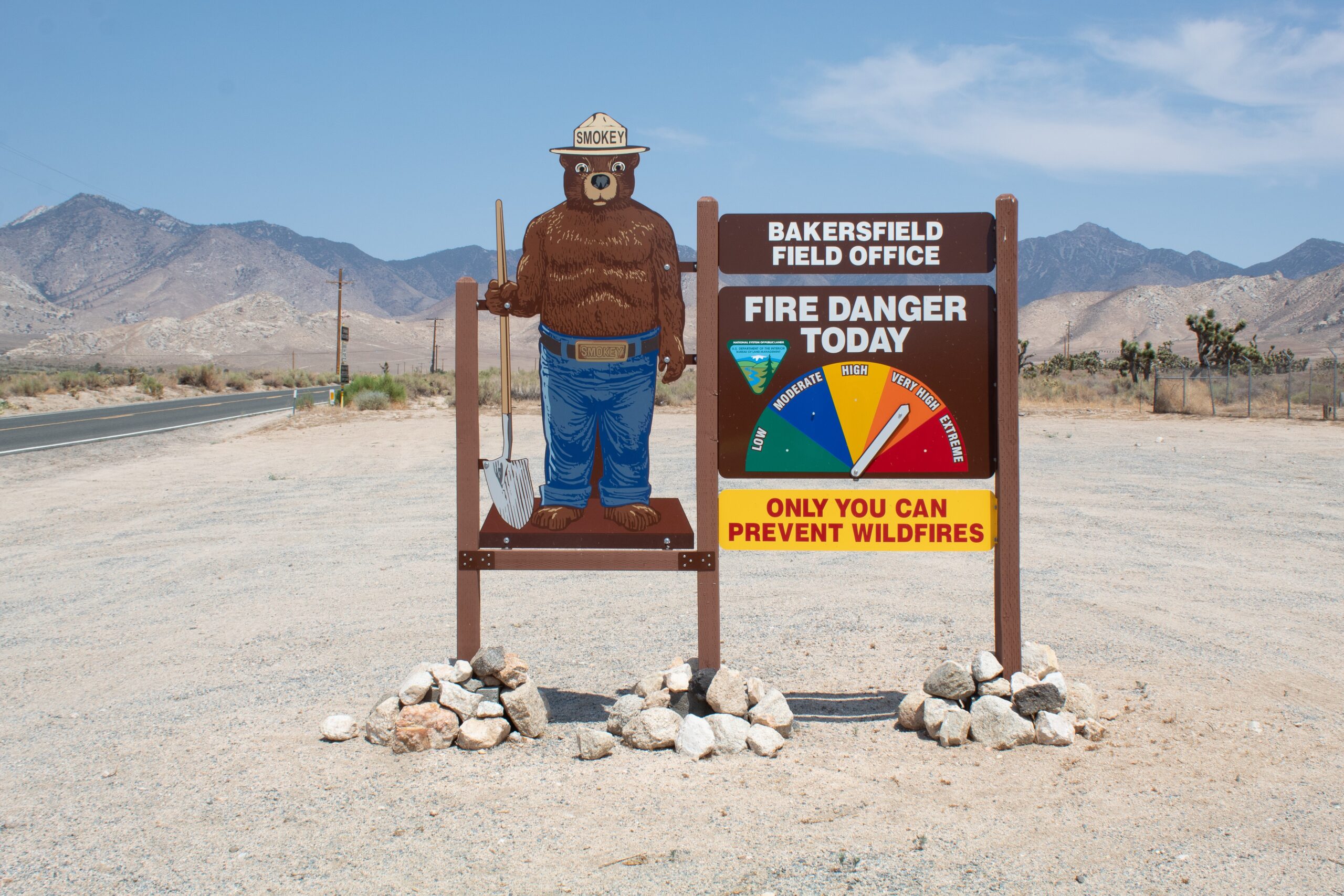Wildfires are more common and dangerous than ever. Their smoke is associated with particle pollution, with fine particles (PM2.5) that are 2.5 µm or less in diameter – or about one-fifth of a dust or pollen particle – impacting lung health and potentially causing fungal infections. One study published in Lancet Planetary Health found that over 33,500 deaths per year could be attributed to air pollution from wildfires.
Plus, the fires exact high costs on the communities where they occur, with disruptions to businesses and damage to property and ecosystems. “There isn’t a statewide systematic tracking effort to figure out these costs” at least right now, says Teresa Feo, senior science officer at the California Council on Science and Technology. However, it is obvious that they add up quickly. A study in Nature Sustainability estimated California’s 2018 wildfire season costed the state $148.5 billion, which is more than any domestic disaster since 9/11, with the exception of Hurricane Katrina.
In order to combat these health and economic impacts, the related carbon emissions (amounting to 1.76 billion tons in 2021), and the expanding amount of area affected (4.3 million acres in California in 2020, about five times bigger than Rhode Island), federal funds are flowing.
Both the Infrastructure Investment and Jobs Act (IIJA) and the Inflation Reduction Act (IRA) provide about $5 billion for the management and mitigation of wildfires.
However, “it’s still only 10% of what experts say we need to fully implement the USDA strategy of treating 50 million high-risk fire shed acres in the next decade,” says Matt Weiner, co-founder, and CEO of Megafire Action.
To address this gap, Bill Clerico, former CEO of WePay, is taking matters into his own hands. After selling WePay to J.P. Morgan for $400 million in 2017, he moved with his wife to a cabin in the town of Boonville, CA, a few hours from San Francisco. The local impacts of the fire crisis hit close to home in 2018 when the 90-acre Peach Fire burned along the road to his house – the sole escape route – and his homeowners’ insurance was dropped. As a result, he became a volunteer rookie with the local Anderson Valley Fire Department. “Just watching wildfires become the really big crisis that it is, and having a real vested interest in the outdoors, led me down this path. I started thinking about how technology could be a solution,” he explained.
Clerico, who had made about 50 angel investments in the past, began angel investing in the fire technology sector and “realized that there’s a really big opportunity to invest in early-stage technology companies trying to solve this problem.” Finally, came the decision to launch a new firm dedicated to investing in Firetech startups at scale. Convective Capital, whose name refers to the physics of the transfer of heat, closed Fund I on October 7, having raised $35 million. Its goal is “a future where technology works in concert with firefighters, land managers, homeowners, and community leaders to make us all safer and protect our resources and environment.”
The fund expects to invest in fifteen companies, with eight already in its portfolio, spanning three categories. Some help manage landscapes to make forests more fire-resistant. Treeswift, for example, creates forest inventories via drones and robotic and machine-learning technology. Overstory uses satellites paired with artificial intelligence to give utilities visibility into and management recommendations for the vegetation in their service areas, thus detecting risks like trees that could knock power lines over.
Some are focused on protecting homes and communities. BurnBot, Inc. created a remote-operated machine that uses prescribed burns to get rid of vegetation that could feed wildfires around homes and valuable property. Meanwhile, Firemaps provides home hardening services to increase fire resistance and installs defensible space around homes to slow their spread.
And others create technologies to intervene quickly in fires that have already broken out. Pano AI combines high-definition cameras and machine learning to scan a 15-mile radius from high vantage points and notify first responders with up-to-date information on detected fires. Rain Industries builds autonomous drones and aircraft that can contain fires by dropping retardant on them from above: “automation enables us to position firefighting assets in high-risk regions, where it would otherwise be impossible to staff humans 24/7,” says CEO Maxwell Brodie.
Clerico notes that while some investors may consider Firetech to be to niche, it is a form of climate resilience addressing an existing problem, which actually “made fundraising easier in that there were people who had witnessed the economic opportunity first hand, and understood the impacts of fire there. Or they had experienced it personally in various ways.” Plus, it covers a broad range of different technologies and opportunities: “imagine the power of a Pano camera detecting fire early followed by a Rain drone extinguishing it. Or Overstory identifying high-risk vegetation and BurnBot treating it. We’re excited to help make these ideas a reality, along with ones we haven’t thought of yet.”





